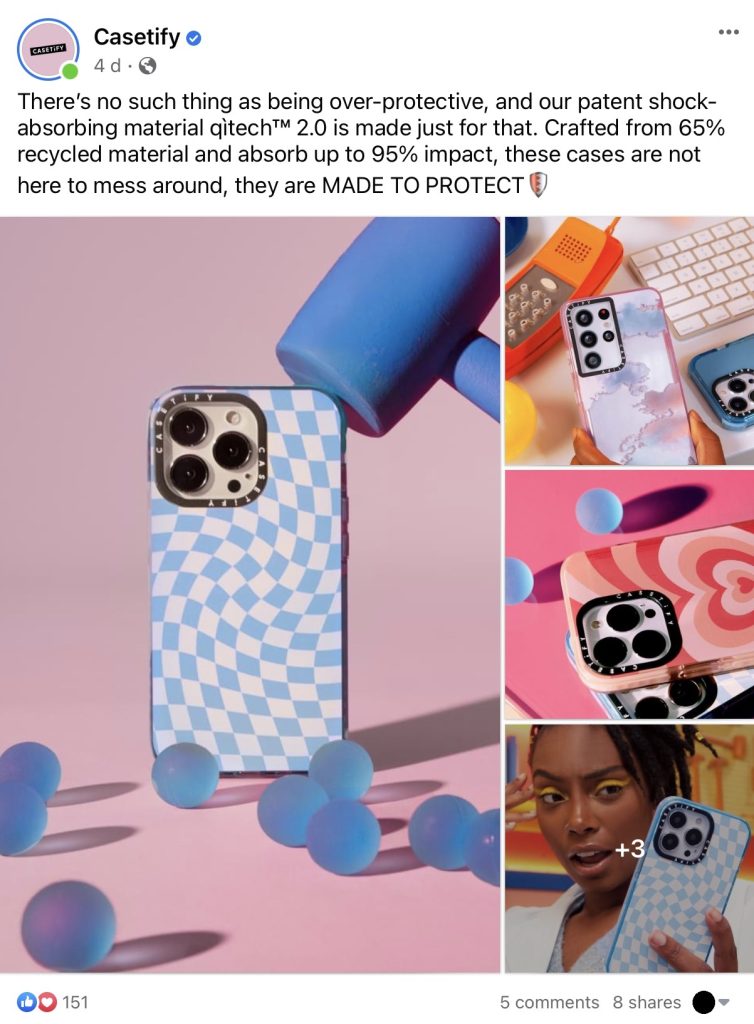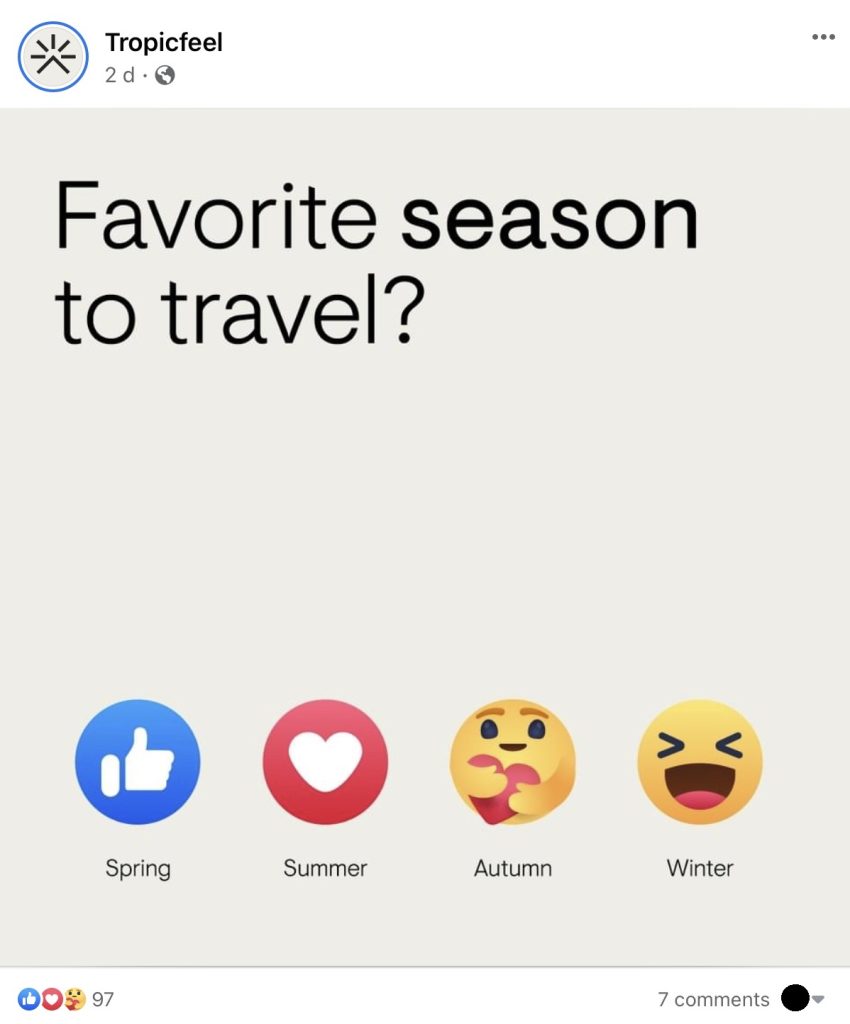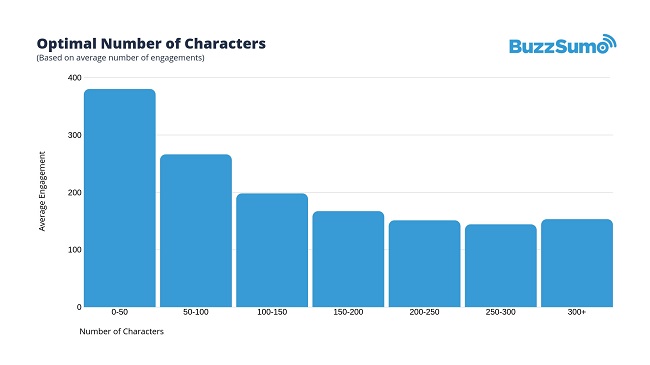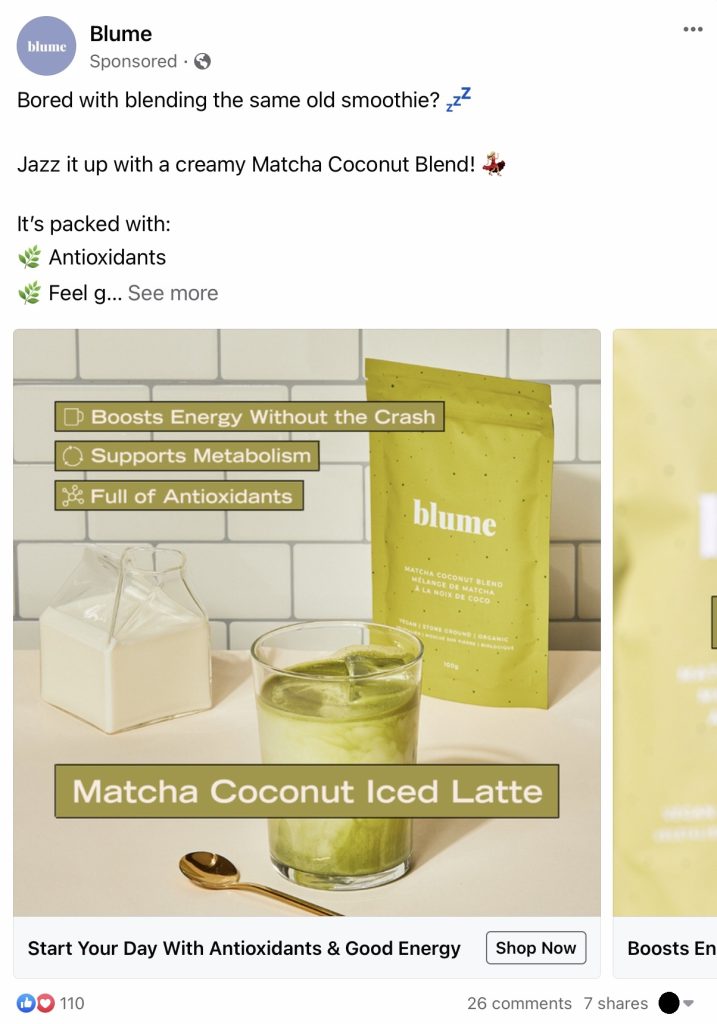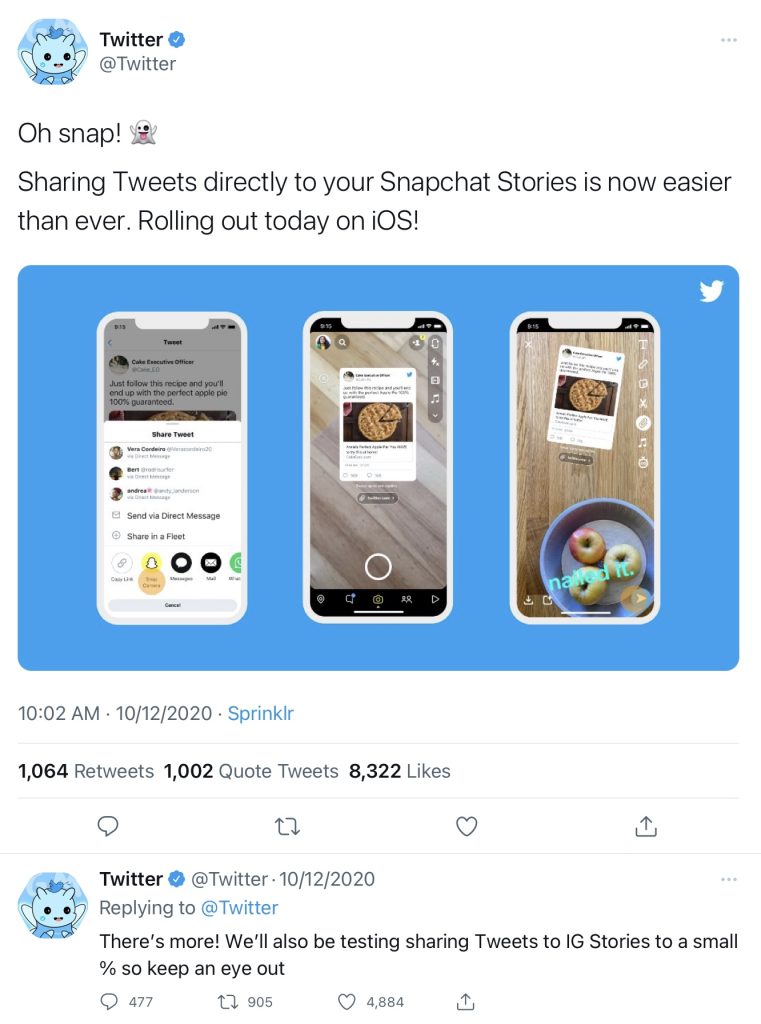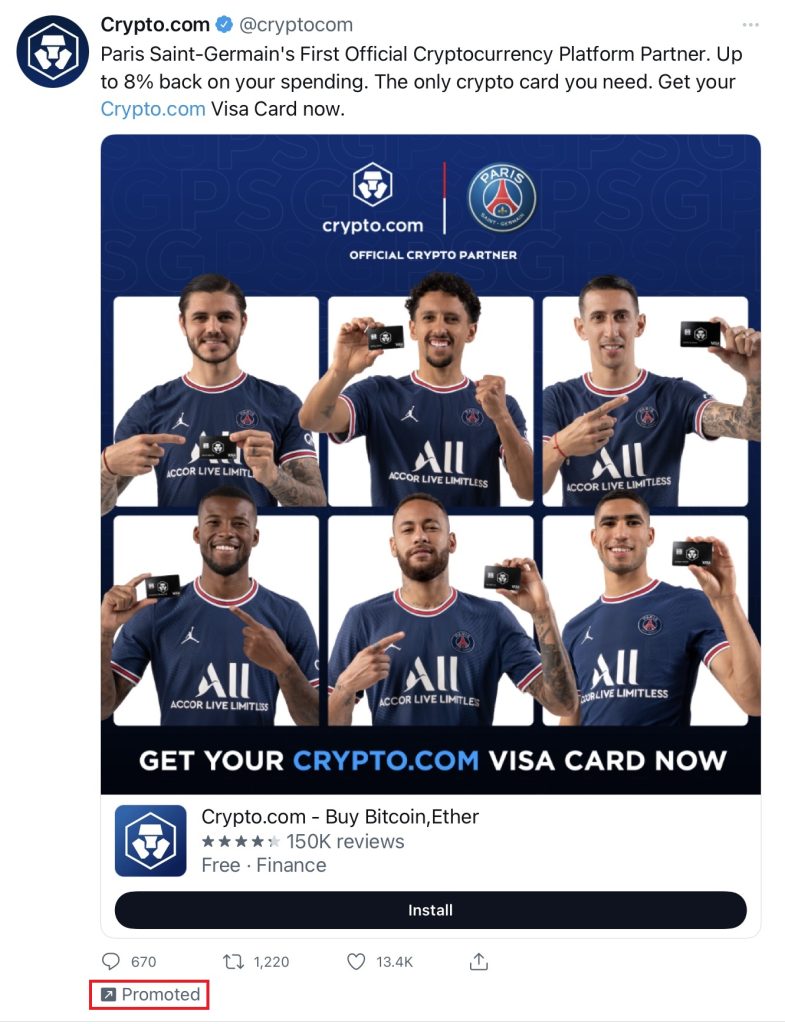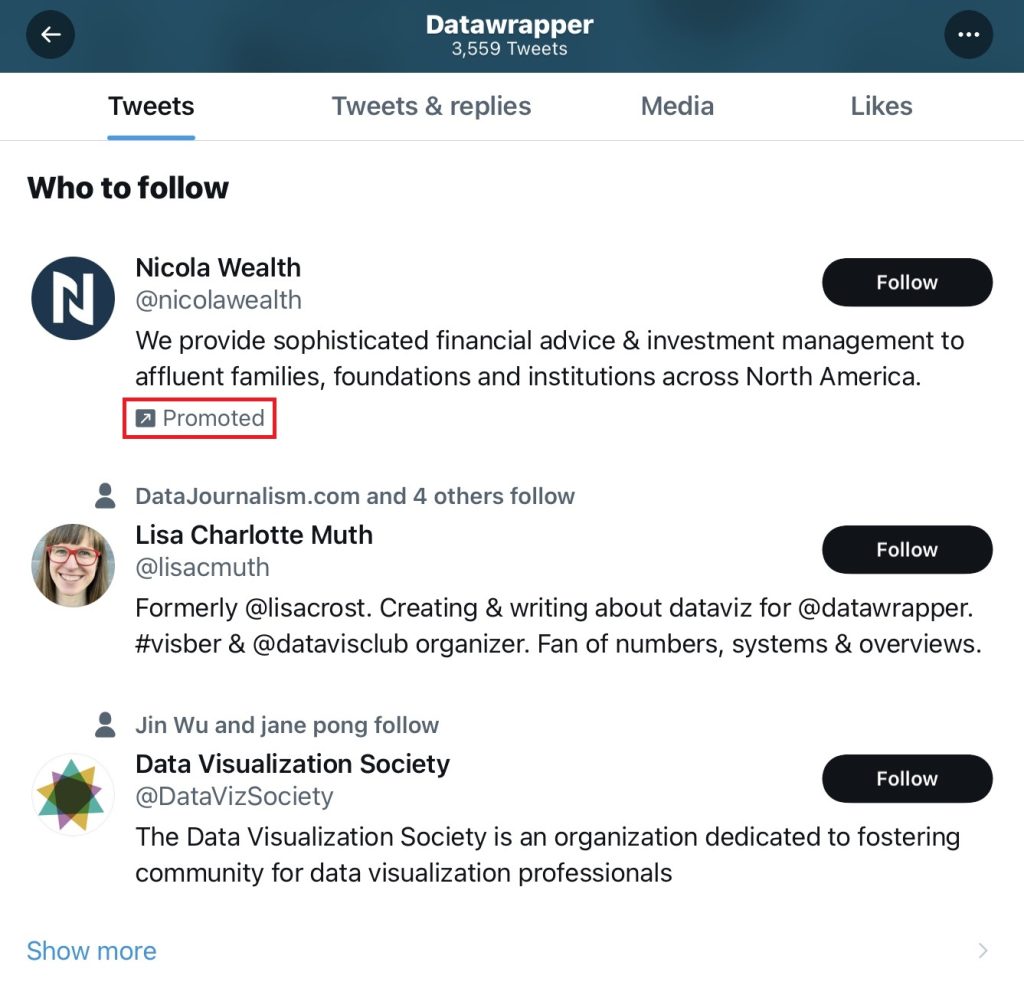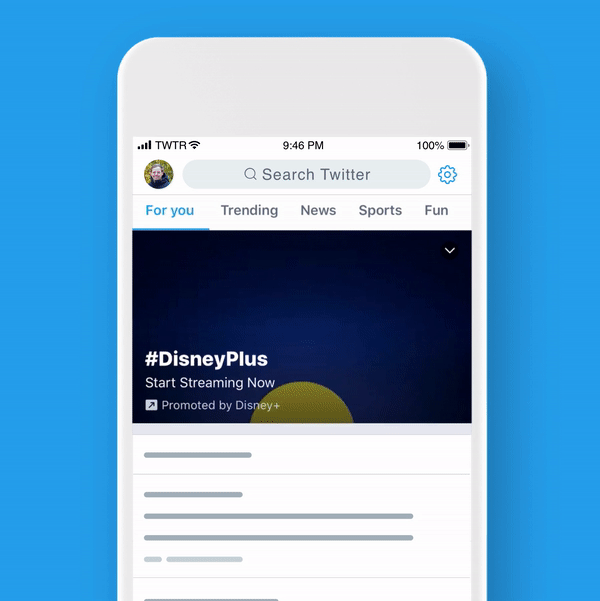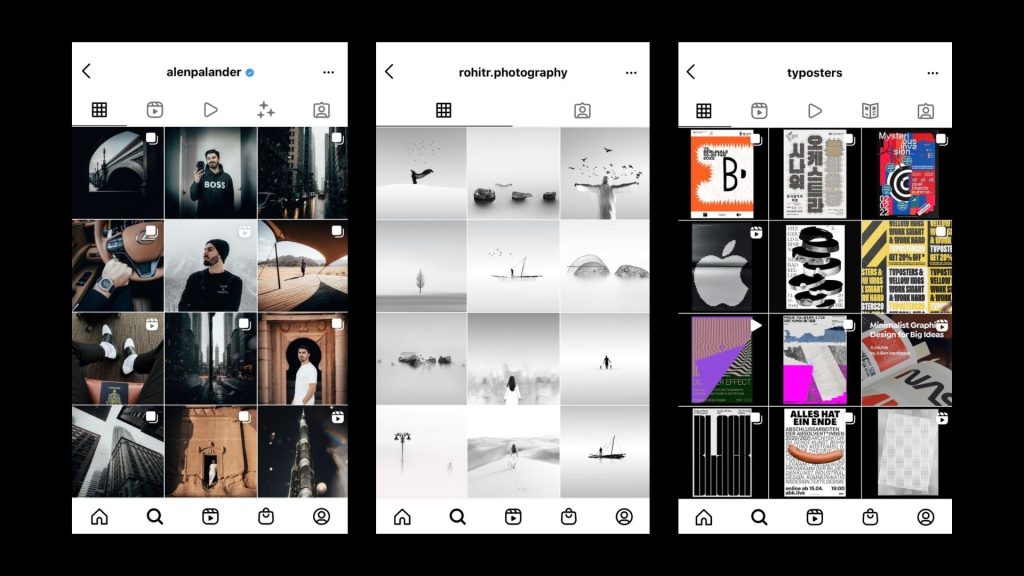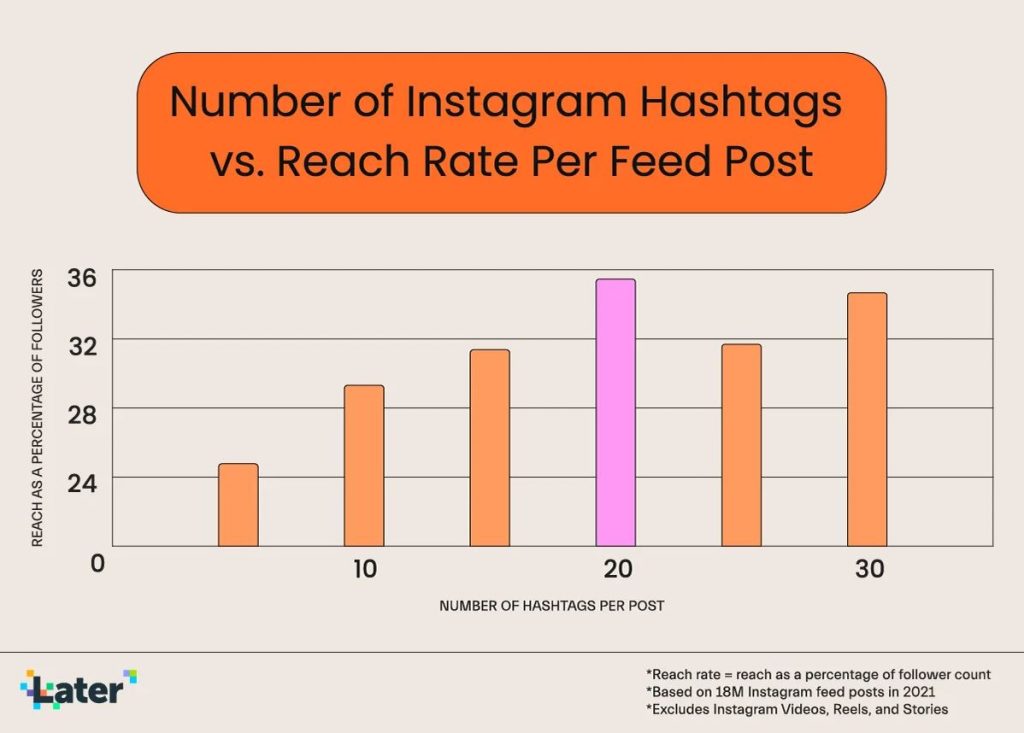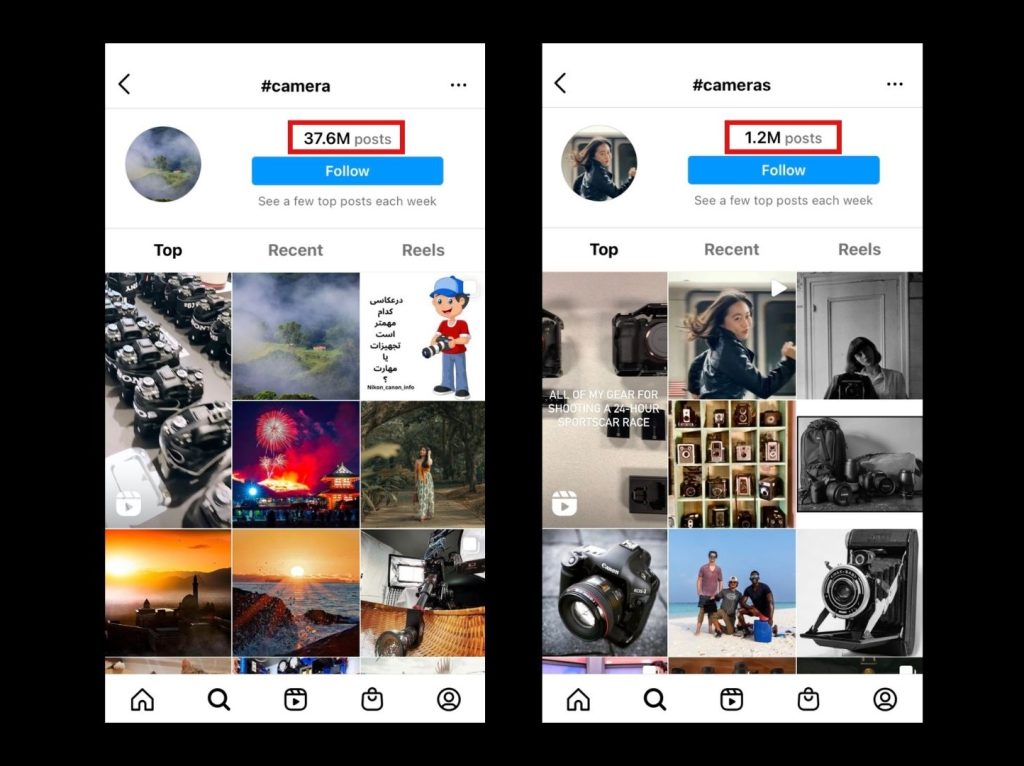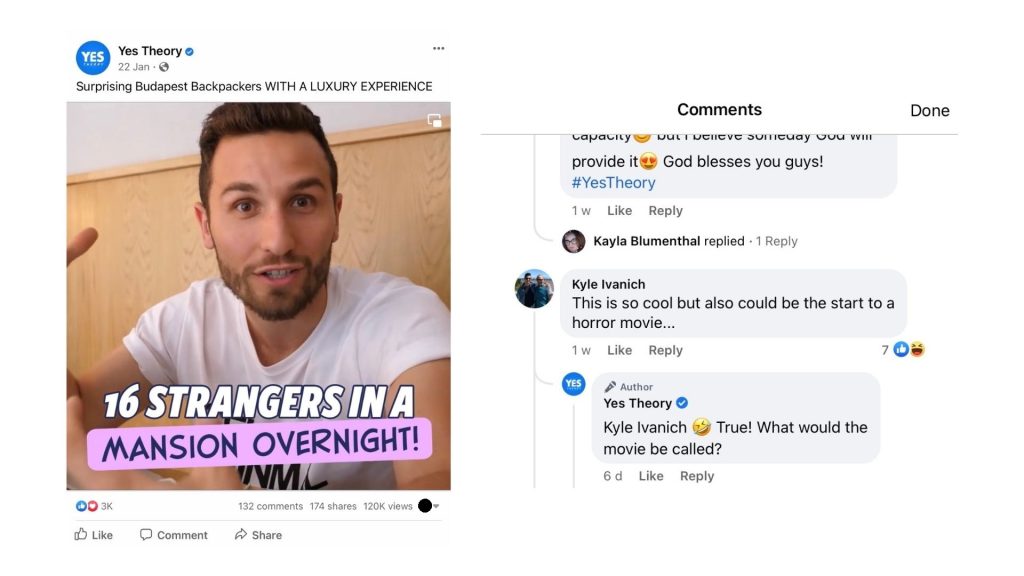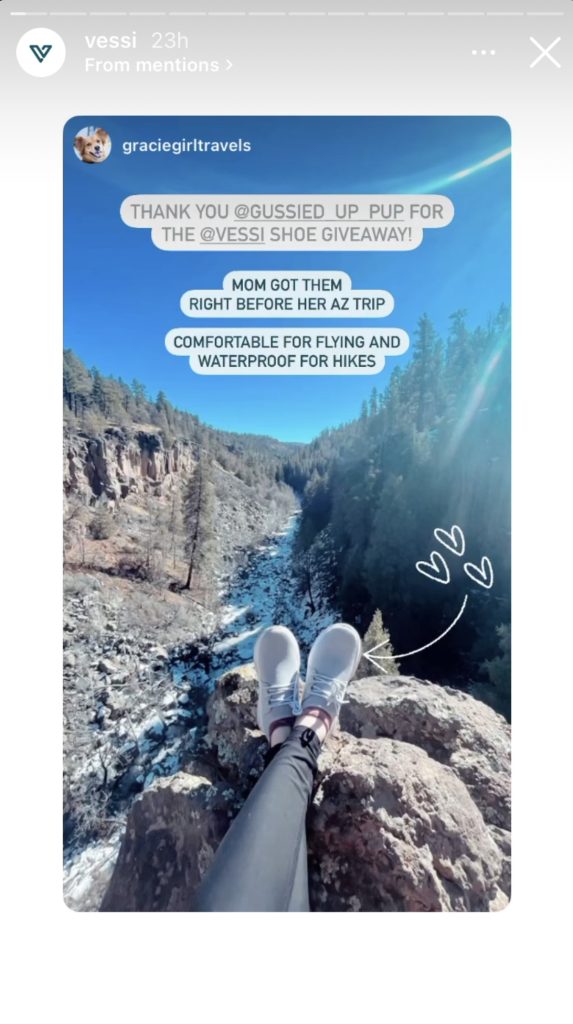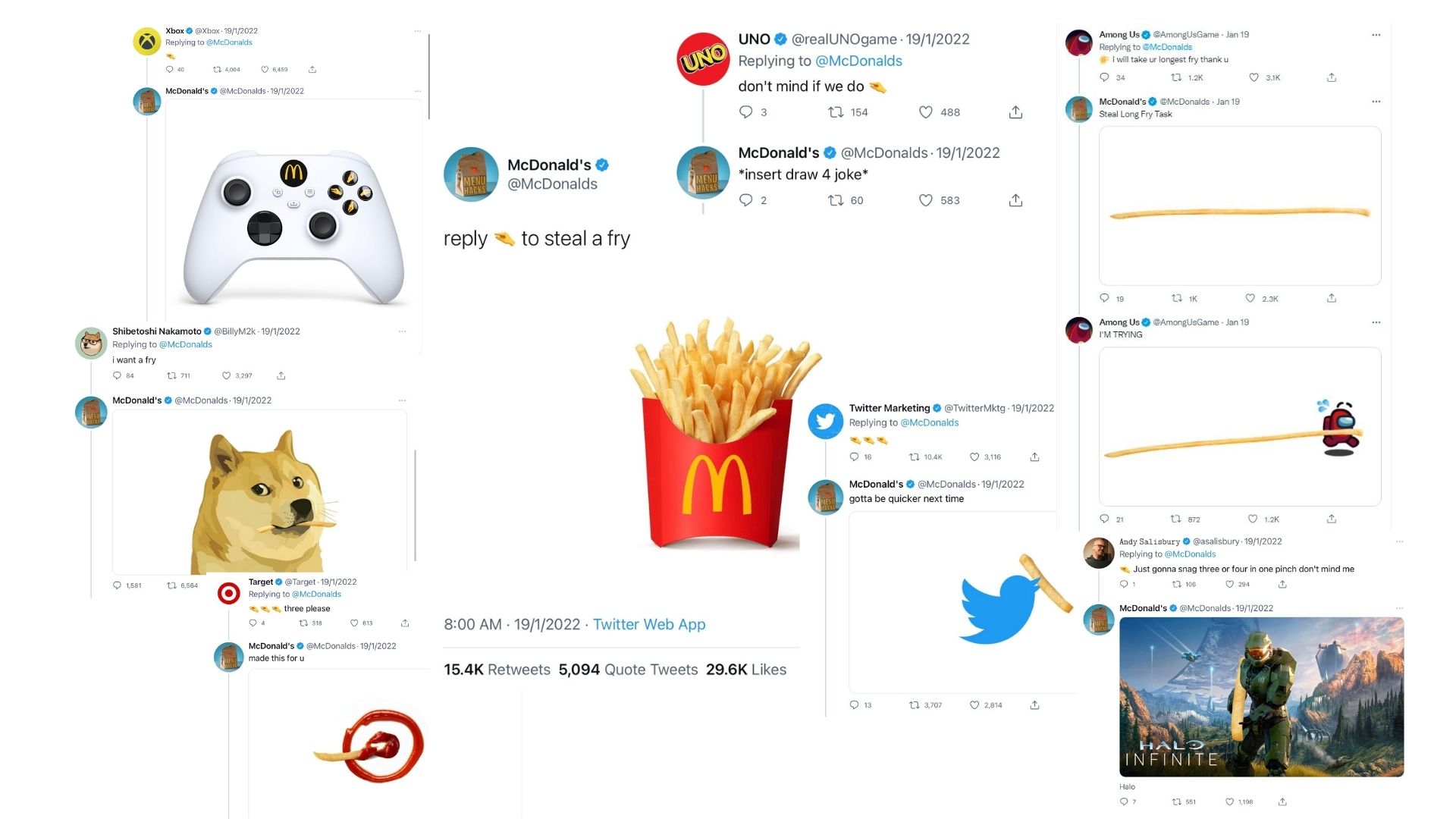Tips for Optimizing Content for Different Social Media Platforms
Sounds great right? Well, that’s if you can do it correctly. Social media is more than just posting interesting content, it is about posting the “right” content to feed the appetite of a specific group of users. There is no one-size-fits-all content!
In this article, we will be focusing mainly on Facebook, Instagram, and Twitter—the three most commonly used platforms by businesses worldwide.
For instance, if you are attaching a 1-minute video, you can probably lessen the text as compared to just a photo. Still, according to BuzzSumo, shorter posts with roughly around 50 characters or less generally tend to perform better than longer ones.
Unlike Facebook with a 63,206-character limit, Twitter’s limit is 280 characters. Although it’s already a huge jump from the original 140 back in the old days, tweets are still very brief and short as compared to others. (Click here if you want to know how Twitter counts different characters)
You as business owners will get to know what people are thinking about a certain topic or product type (basically, getting consumer insights). At the same time, if you add a specific hashtag to your tweet, your tweet will appear on the timeline of hashtag followers, even if the user didn’t follow your account.
Another feature you should use, which would require you to spend a bit, is Twitter ads. It has enormous potential in increasing your reach and engagement on the platform. There are several types of Twitter ads, and you will be choosing the “right one” depending on what you want to achieve.
By opting for this method, Promoted Trends will appear at the very top of Twitter’s “Trends” section. These promoted hashtags/topics will be the very first thing users will notice when looking at this section.
While I’m not here to tell you how many hashtags you should use, everyone has different opinions on this matter (and it hasn’t been long since Instagram changed its advice). But one thing that will never change, is that hashtags will increase your Instagram post’s reach. And the more relevant your hashtags are, the higher chance you will get noticed by your intended target audiences.
Engagement is vital!
Interact with users, interact with other brands, interact with influencers, engage with users’ content and let them feel “special”. Your goal is to get your business as visible as possible.
CONCLUSION
Social media is much more than just posting and sharing things. You need to create the content, edit the content, publish them, monitor user reactions, monitor the latest trends, and interact with others. Managing a social media platform alone is already an actual job!
Do you have enough manpower? Who are your target audiences? Are you that heavy on video content to the point where you need to open a YouTube account? Rather than being on every single social media platform, why not focus and excel on just a few?
If you have no knowledge of website building and don’t know anything about coding, I will strongly suggest you use website builders like Website.com. These are all-in-one website building solutions developed by professional web developers. Most of them come with an in-house customer support team that knows the product inside-out.
However, if you are looking to have full control over your website and have flexibility in customizing it exactly the way you want. You will need to choose content management systems( CMS) like WordPress instead. These are full-blown platforms with numerous third-party plugins, you will definitely find someone that allows you to achieve whatever you want to achieve.
The downside, it has a much steeper learning curve for beginners. It is also an open-source platform, meaning you are pretty much on your own, searching for answers from a community of developers and WordPress users if you come across any technical issues.

